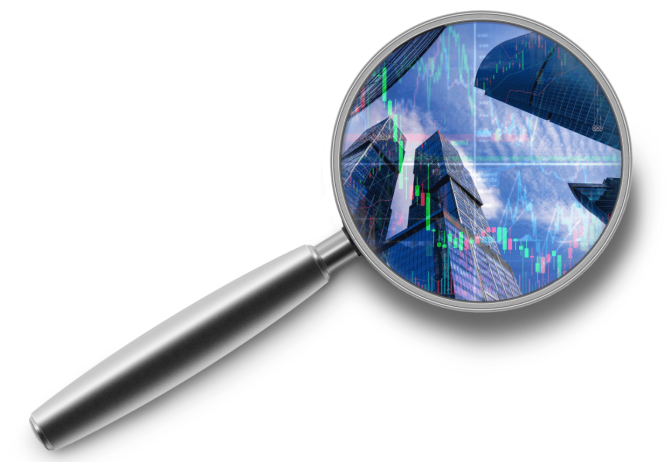Subscribe
Sign up for timely perspectives delivered to your inbox.
The fifth edition of the Janus Henderson Corporate Debt Index measures the extent to which the world’s largest companies are financing themselves with borrowings and how affordable and sustainable those borrowings are. It also showcases the latest views from our expert fund managers.

“Several factors have contributed to the rise in net corporate debt in the past 12 months. Takeovers drove over half the increase in borrowing, particularly in the pharmaceutical sector, while some companies have been raising debt to make distributions to shareholders. Some of the rise in net debt, however, is a reflection of stronger growth, with auto companies requiring greater working capital to provide finance for rising sales. Meanwhile, net debt in the technology sector actively shrank as cash piles grew.
The sharp increase in the amount companies spent on interest in the past year marks a sea change in corporate finances. The trend is evident everywhere but it is important to remember corporate debt servicing costs are coming from a historically low base throughout this process of rate normalisation. Nonetheless, even if central bank policy rates start to fall this year – as it seems they have already begun to – we expect to see interest bills continue to rise for the time being as old debts continue to mature and refinance at higher rates.
On the whole, companies are absorbing these higher interest costs with little difficulty, though the impact is greater for smaller firms that often face a refinancing cliff edge, than for larger ones that typically have a range of maturities for their debts and so see a more gradual shift to higher interest bills.
In the bond markets, we feel that spreads have narrowed too far for some riskier borrowers and some of the bonds with longer maturities. We are optimistic for the year ahead, however, as economies have weathered higher rates well and seem to be landing relatively softly. As the rate cycle turns downwards, we believe bonds have the potential to perform well as yields fall, driving capital returns for investors.”
Cash flow: The net balance of cash moving in and out of a business over a specific period.
Debt/Equity ratio: The level of debt (borrowing) on a company’s balance sheet compared with the amount of equity capital provided by shareholders.
All figures sourced from the Janus Henderson Corporate Debt Index – Fifth Edition
IMPORTANT INFORMATION
Fixed income securities are subject to interest rate, inflation, credit and default risk. The bond market is volatile. As interest rates rise, bond prices usually fall, and vice versa. The return of principal is not guaranteed, and prices may decline if an issuer fails to make timely payments or its credit strength weakens.